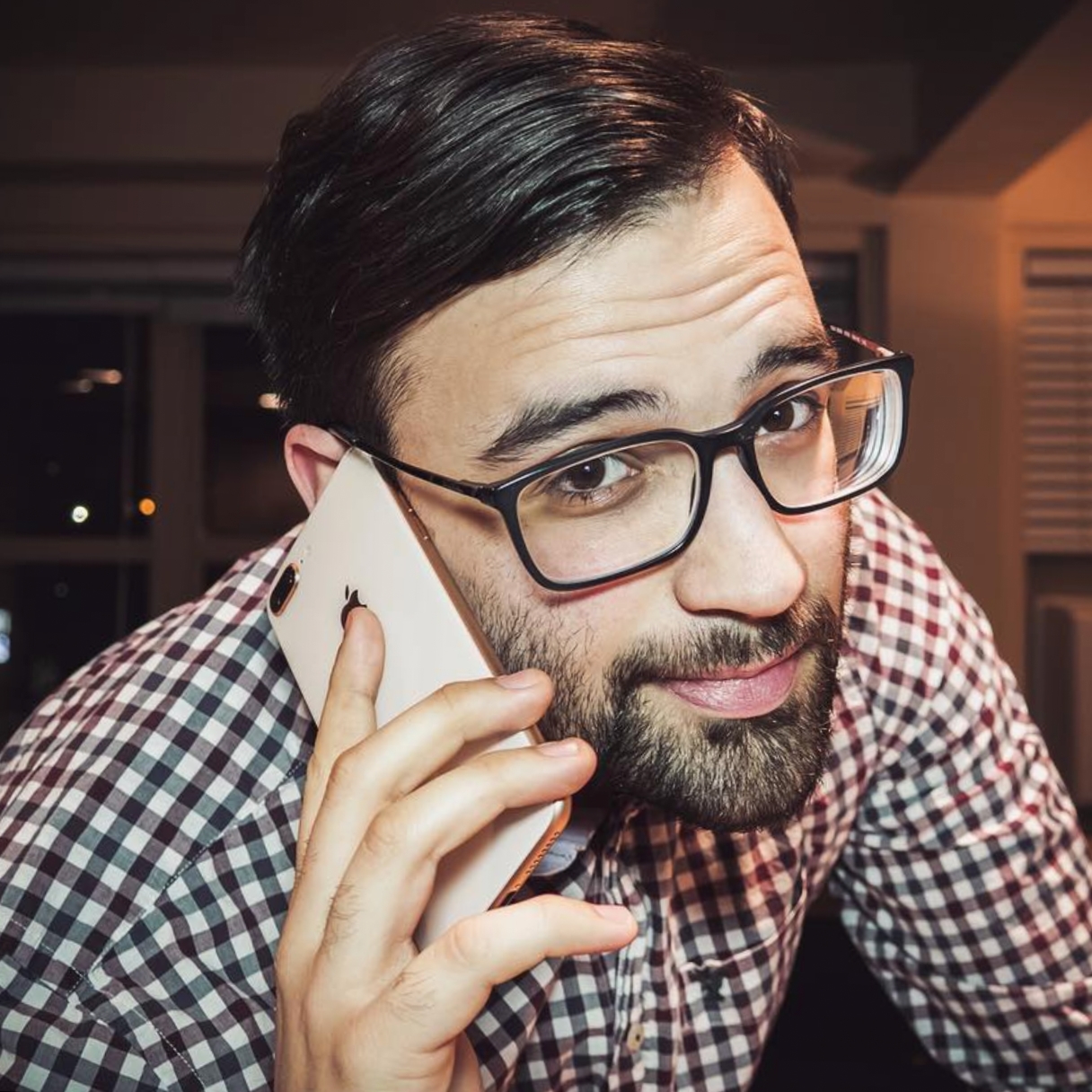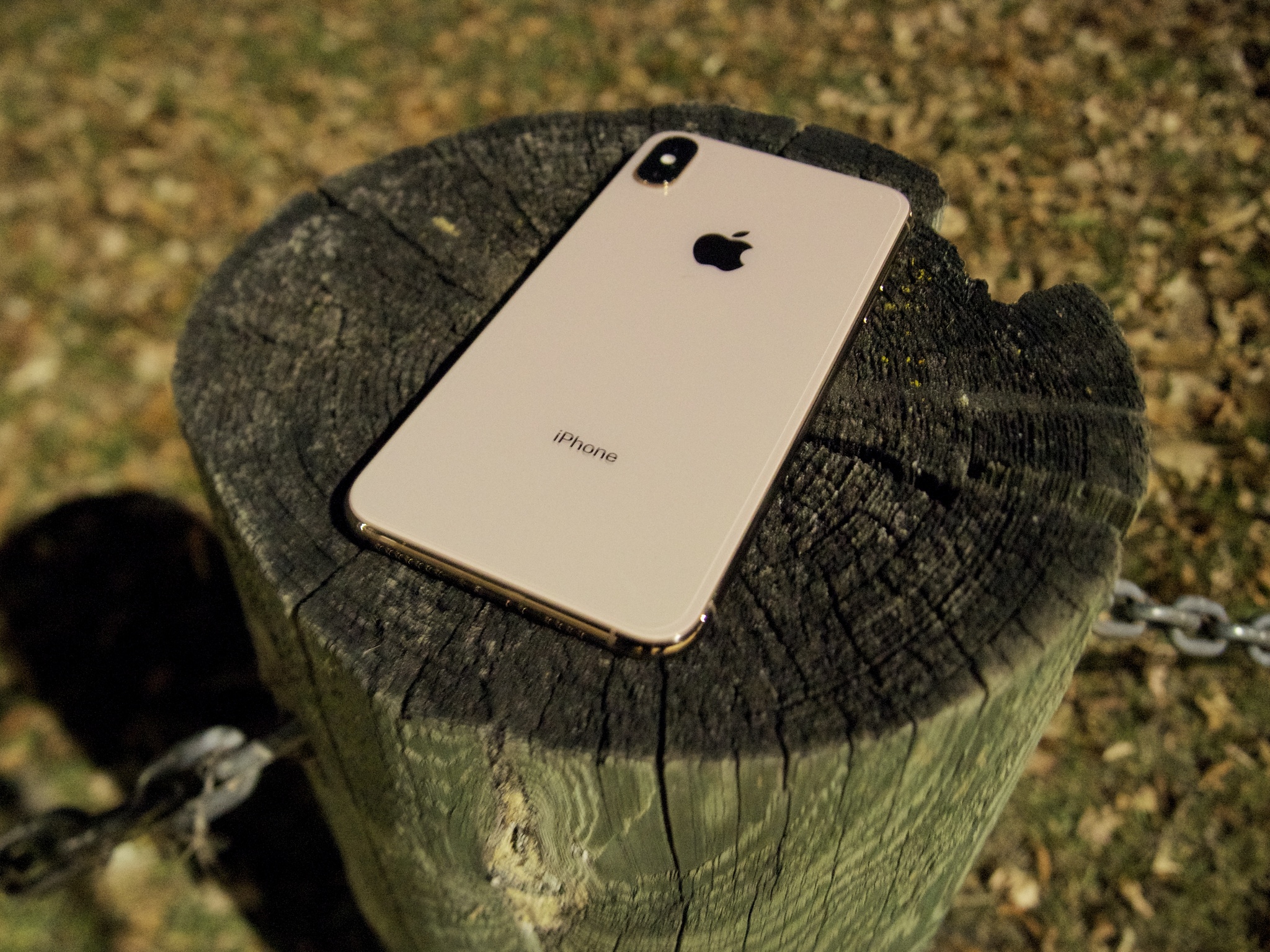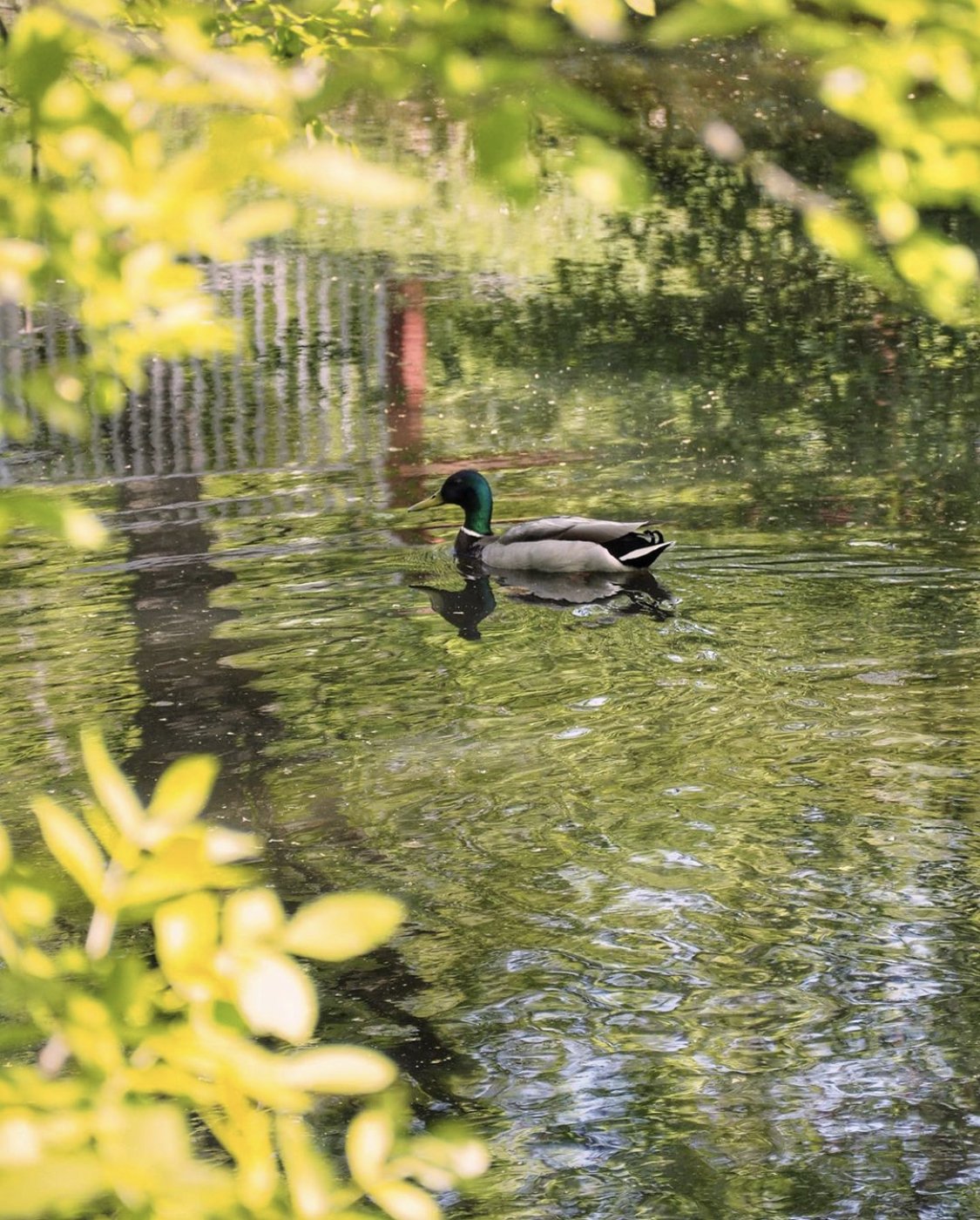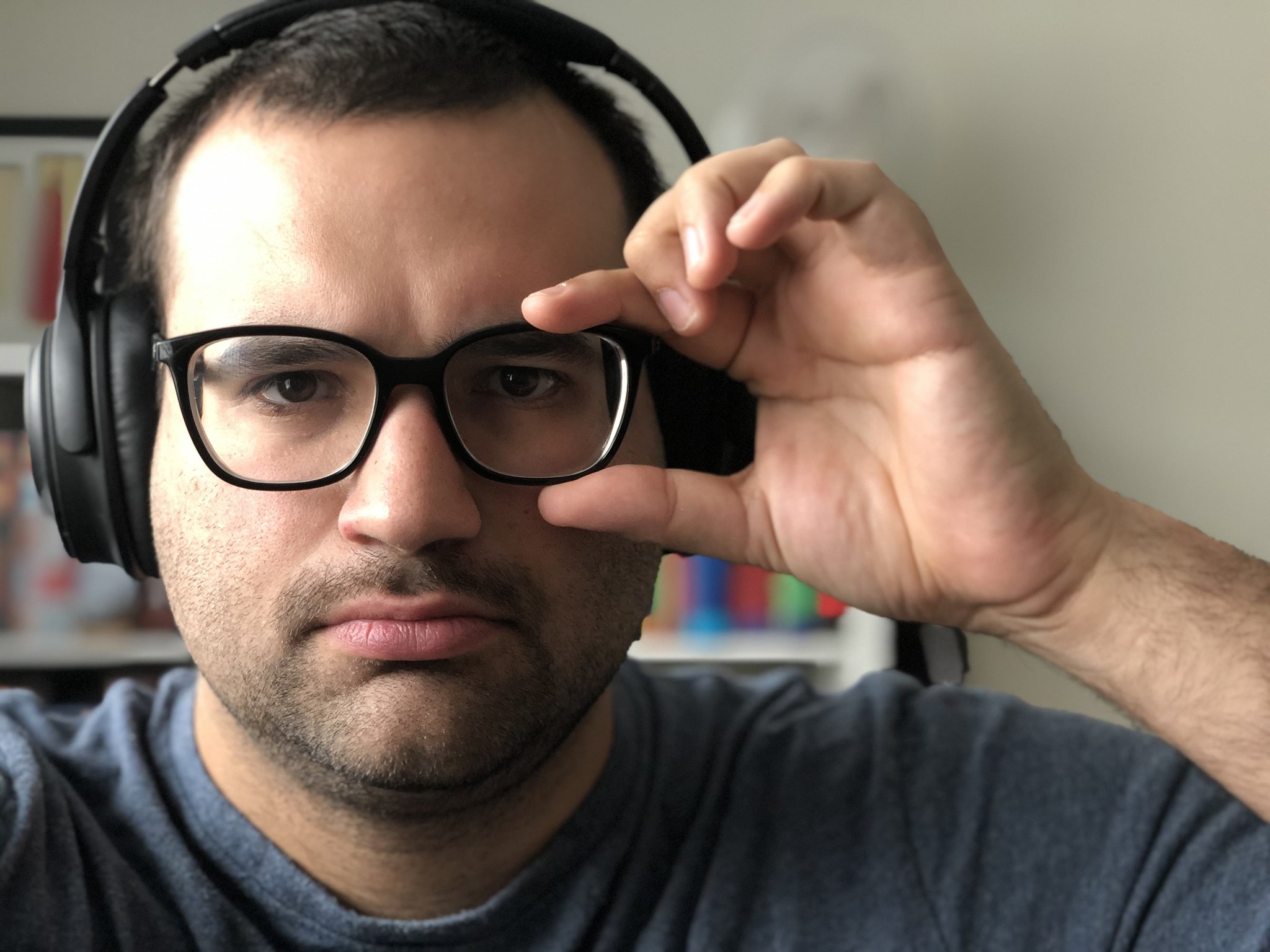4 reasons why iPhone owners should get a digital camera

You've probably heard the saying that the best camera is the camera you have on you, and for a lot of people, that's an iPhone. The iPhone cameras keep getting better with every new model, and there are tons of great examples of people who have shot amazing photos with the smartphone in their pocket, but that doesn't mean that you can't benefit from the best digital camera.
I'm not saying that iPhone cameras are bad at all — I'm just saying there are some reasons you might want to consider picking up a digital camera to round out your photography kit.
Your iPhone camera is super useful
iPhones excel at taking great photos with minimal effort. If you're walking around town, trying to take a quick landscape shot at a park, or want to snap a photo of your friend laughing at the moment, taking your iPhone out of your pocket and clicking the shutter button will often yield a pretty great result. While carrying a digital camera around with you all the time isn't possible, knowing when to turn to your digital camera to grab a shot can be incredibly useful.
Carrying both your iPhone and your digital camera in the right circumstances can make you prepared for just about anything. I know lots of professional photographers who often have their iPhone as a secondary camera for photoshoots. The iPhone camera has a pretty wide-angle lens — especially with the new ultra-wide-angle lens — and that gives you more options if you don't have a wide-angle lens for your DSLR or mirrorless camera. It's about using the tools you have at your disposal to get the best results. If you have the time and ability to use a digital camera instead of an iPhone (or with an iPhone), you can capture a wide variety of photos.
Here are some things to consider when you're out shooting photos that may make you realize how beneficial a digital camera can be.
See better at night
There are plenty of reasons a digital camera is better than an iPhone at night photography. Still, mostly it comes down to one thing — light.
When you're shooting at night or in other low-light situations, you need your camera to get more light into the picture if you don't want your photo to be a dark, blurry mess. With a digital camera, you can adjust the shutter speed, ISO, and aperture of each photo you take, allowing you to fine tailor the amount of light the sensor is getting. You don't have all these options on the iPhone, and the sensors are smaller in an iPhone than most digital cameras, making it harder for light to get in.
iMore offers spot-on advice and guidance from our team of experts, with decades of Apple device experience to lean on. Learn more with iMore!
Don't get me wrong, iPhones have gotten better over the years, and the inclusion of Night Mode in newer iPhones does a great job of capturing pretty good photos in low-light situations. But you have much more versatility with a digital camera to help make your low-light photos turn out superb, not just good.
Action shots won't be blurry
If you ever see a photographer at a sporting event — like an NHL game — you won't see them use an iPhone to snap pictures of the action; you'll see them use some digital camera. Attached to their cameras will likely be a long lens — known as a telephoto lens — that are meant to be able to get you close to the action when you're far away. Even though newer iPhone models have a 2.5x telephoto lens, there's no way you will get close enough to get any decent photo.
Again, shutter speed plays a role as well. To get a clear and crisp action shot without any motion blur takes a very high shutter speed — something the iPhone isn't capable of doing. Whether you're heading to an NFL game or want to take pictures of your kids playing soccer, a digital camera is better than an iPhone to capture the action.
Wildlife is often far away
Source: Luke Filipowicz / iMore
If you're heading into the bush, the park, or out to the lake hoping to grab some cute photos of the wild critters around you, a digital camera is better than an iPhone for a lot of the same reasons that action shots are better on a digital camera.
Most wildlife won't come right next to you and pose for a photo, meaning you're going to have to zoom in on the bird, duck, or another animal you're trying to frame in your shot. As I mentioned before, the optical zoom on your iPhone doesn't get you close enough to your subject if you're trying to get a close-up, and if you try zoom further in with digital zoom, you'll very quickly distort the picture. Your pixels will get big and chunky, and your photo will look more like a LEGO than anything else.
Portrait Mode is only so good
Source: Luke Filipowicz / iMore
Portrait Mode on the iPhone is a super cool and fun feature to play around with, and there are some tips and tricks to taking better pictures with Portrait Mode. Still, when you stack up the iPhone next to a digital camera, it's no contest.
At a glance, the two images above look relatively similar, but if you take a closer look (you can click on the photos to make them larger), you'll start to see the differences in quality. The photo above on the right was taken using Portrait Mode on the iPhone, and if you look at the edges of my face, shirt, and hand, you'll notice a lot of weird jagged lines. This is because the iPhone uses a lot of software to detect your subject's edges and separate it from the background. The software can sometimes nail it, but it ends up looking a little janky more often than not.
While newer iPhones have Depth Control, which allows you to control the amount of background blur in your Portrait Mode photos, and the iPhone 12 Pro and iPhone 12 Pro Max both have a LiDAR scanner, it still isn't perfect. Relying on computational photography to do all the work as the iPhone does won't give you the control over the final results like a digital camera will.
If you take the picture to the left, I took that with my Olympus mirrorless camera, and the edges are much more defined and don't have any jagged bits. You'll also notice that while the background is blurred, it's a much more subtle blur than the iPhone photo. Once again, the iPhone software is blurring the background artificially to give the effect of an extreme blur. In contrast, my Olympus camera is naturally focusing on me, making the background blur based on distance and the lens I chose to use.
What do you use?
While the iPhone is useful for capturing spontaneous photos, sometimes you still want to have the best digital camera with you. What do you use to shoot your photos, your iPhone or do you use a dedicated camera? Let us know in the comments!

Luke Filipowicz has been a writer at iMore, covering Apple for nearly a decade now. He writes a lot about Apple Watch and iPad but covers the iPhone and Mac as well. He often describes himself as an "Apple user on a budget" and firmly believes that great technology can be affordable if you know where to look. Luke also heads up the iMore Show — a weekly podcast focusing on Apple news, rumors, and products but likes to have some fun along the way.
Luke knows he spends more time on Twitter than he probably should, so feel free to follow him or give him a shout on social media @LukeFilipowicz.





